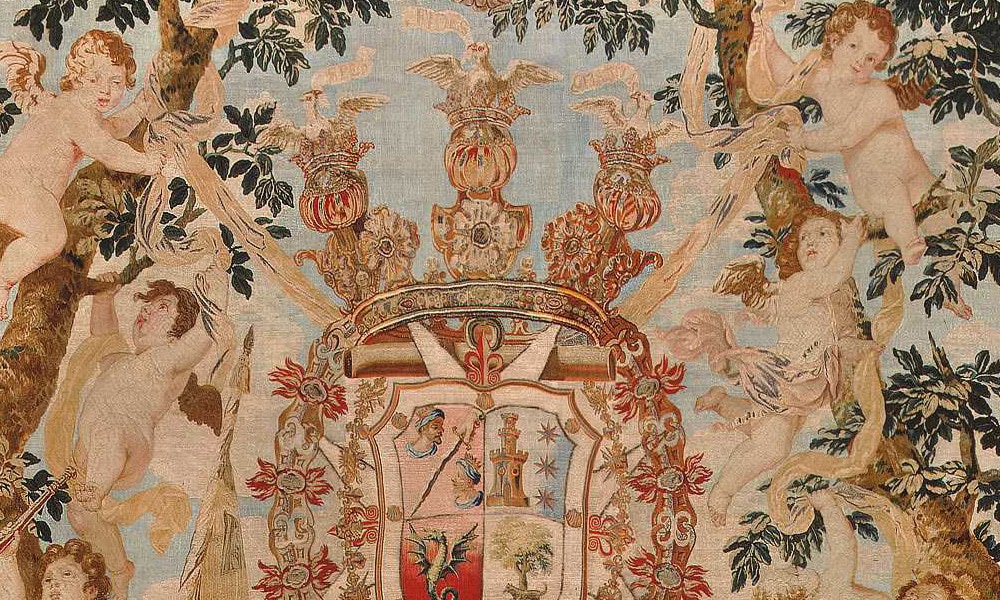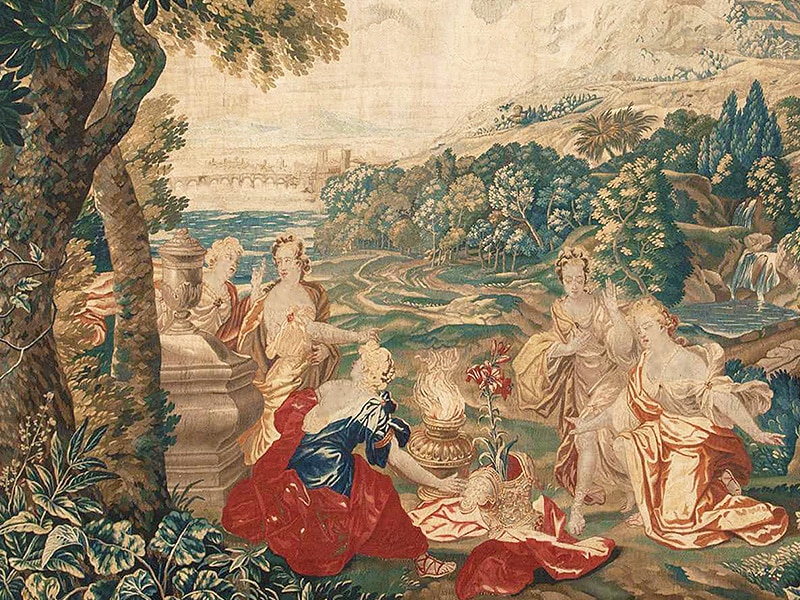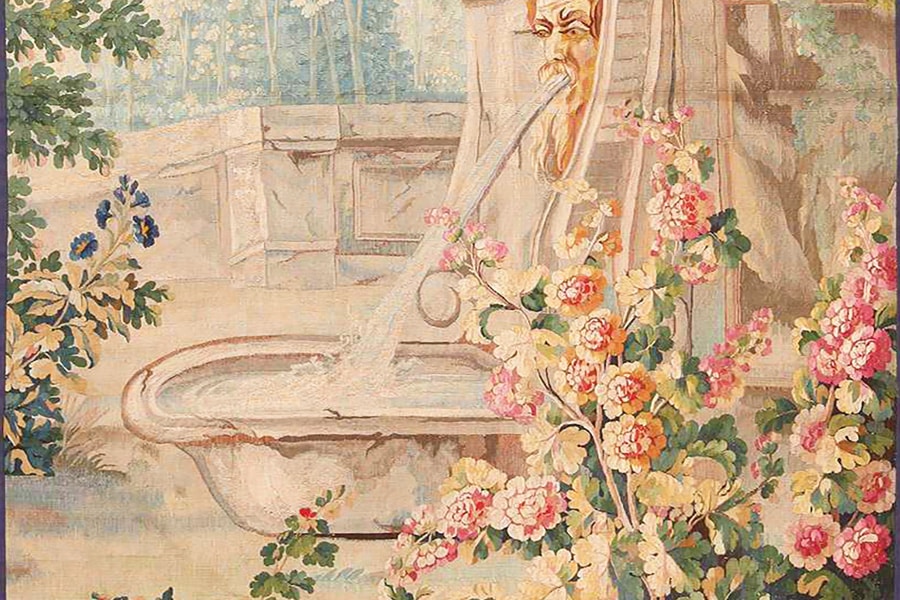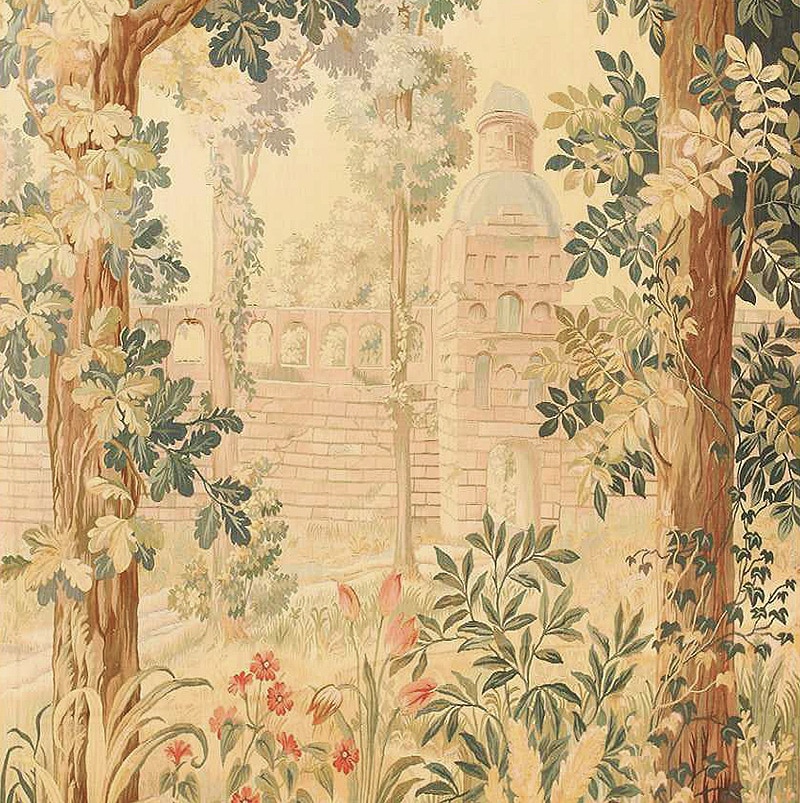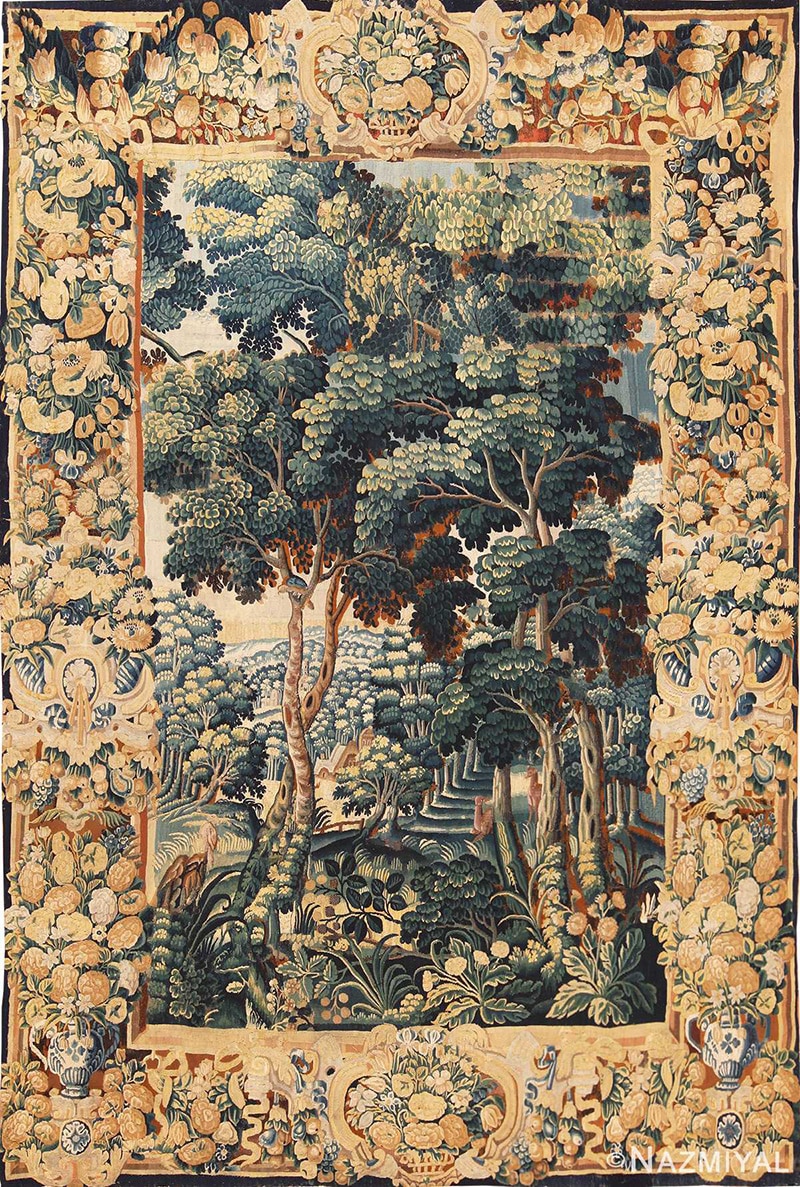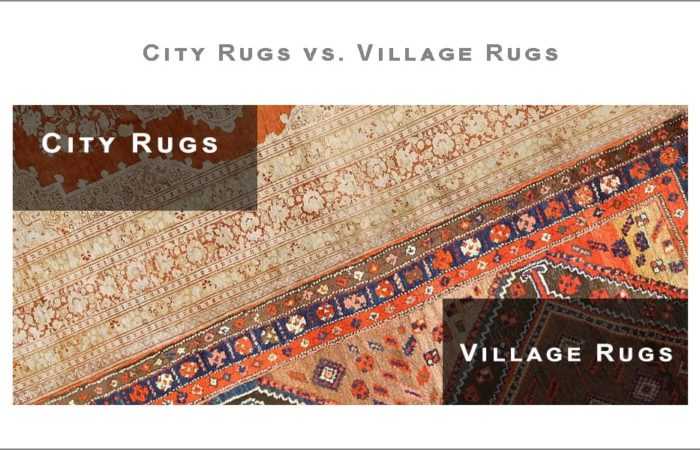Verdure Tapestries Bring a Touch of Nature to the Indoor Space
Shop Or Collection Of: Antique Tapestries
Learn about: Learn How To Hang A Tapestry Or Rug On The Wall | Historical Biblical Tapestries | What Are Historical Tapestries? | Gobelin Tapestry History| Kesi: The History of the Chinese Tapestry | History of the Bayeux Tapestry | William Baumgarten & The Aubusson Tapestries | History of the Beauvais Tapestries | Barberini Tapestries Reborn from the Ashes | Green Tapestries Vogue 2017 Home Decor | Alighiero Boetti Tapestries | What Are The Unicorn Tapestries?
What Are the Verdure Tapestries?
The word “Verdure” means “Lush Vegetative Green” in French which in layman terms means natural green pastures. So basically, the “verdure tapestry” is a wall hanging textile art piece that depicts naturalistic themes with lush green plants. You can fine these tapestries filled with pastoral landscapes filled with green trees, flowers, lush green pastures and wildlife.
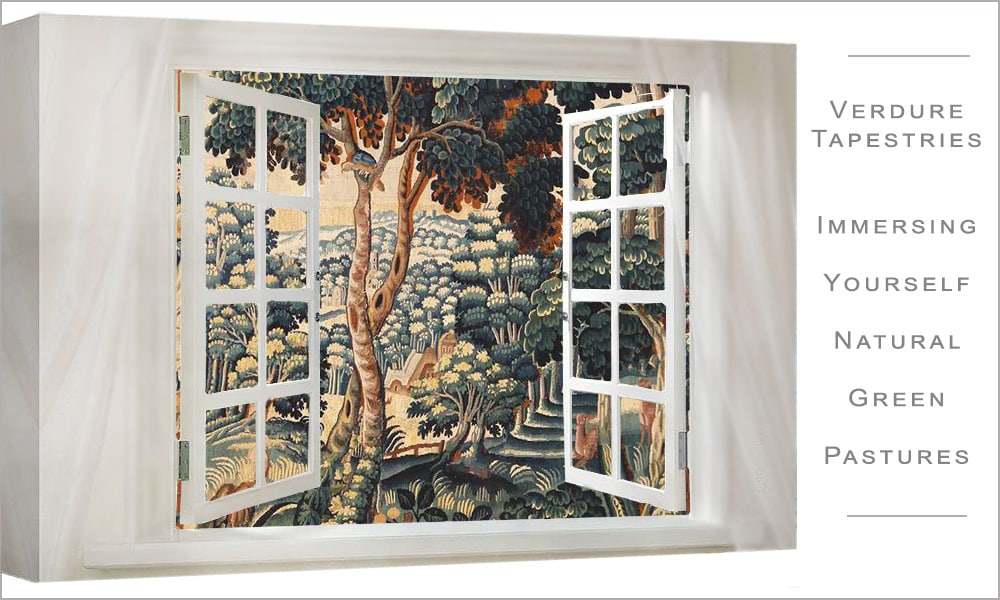
Verdure Tapestries
The Verdure tapestries reflect an interest in botanical art in all mediums during this period. They were influential in the development of the “Aristolochia” style which highlighted oversized leaves. Today, our obsession with lush green botanical themes can be found throughout our homes in the form of textiles that feature giant monstera leaves, succulents and many other creative uses of plants.
The Verdure tapestries are some of the most beautiful in the world. Their lush, green landscapes have been bringing the outdoors to the inside for centuries. These magnificent pieces of artwork were created mostly throughout the 18th and 17th centuries. Today, we love these green landscape tapestries for their ability to make us feel a little closer to nature in our indoor spaces.
How Important Was the Tapestry Industry?
Verdure tapestries are sometimes called “garden” tapestries. The style seemed to develop slowly over time. There was no single point in art history where one could say a “first” verdure tapestry appeared. You can see the influences that led to the development of this style as far back as the 15th century in Flemish tapestries.
Tapestries were an important part of medieval life. They served as decorative items on walls, and they helped keep the chill out of drafty castles and cathedrals. They were often large-scale and served as the backdrops for important public ceremonies. The tapestry weaving industry depended on wealthy patrons who commissioned custom woven pieces from the tapestry works.
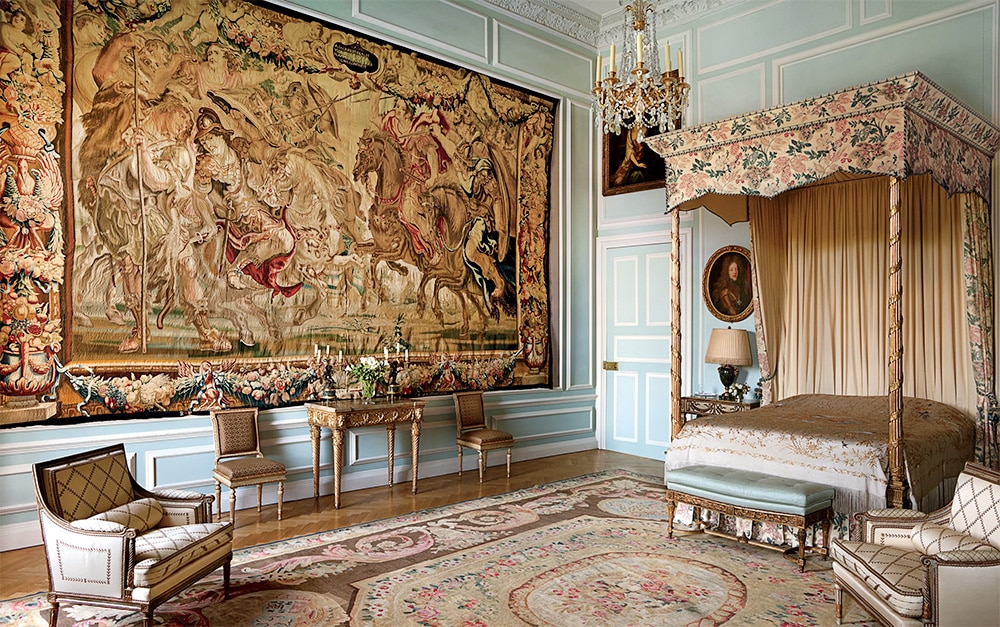
Bedroom Interior Design With Antique Tapestry
The tapestry industry, as we would come to know it in later years, had developed to produce a steady volume of tapestries in the early part of the 14th century. They were large-scale works that were created from wool, but they often incorporated better more expensive weaving materials, such as silk and metallic threads. These masterpieces were used to show off the wealth and power of those who supported the tapestry industry through their commissions.
The Flemish Tapestries
By the 14th century, the area known as Flanders was a prominent area for tapestry production. This area included several towns in northern France and what is now the southern part of the Netherlands. This area developed communities of skilled workers who specialized in all areas of the tapestry-making process. These towns housed access to high-quality wool, dyers who could produce consistent colors, artists and designers, and skilled hands who hand-wove these incredible pieces.
Many times, patrons commissioned pieces in sets of as many as ten or more in a series. They could be as large as 10 yards long and would cover the wall from the ceiling to the floor. They could take one or two years, or more, to create and were often made with a particular space in mind. They could also be rolled and transported easily, making them popular as political gifts and when the patrons wished to change residences.
The tapestry industry became dominated by guilds that set the standard in quality and technique. The industry continued to grow, and eventually, workshops were established in the “low countries” in towns such as Brussels, Arras, and Lille. These towns would eventually establish a reputation that allowed them to become the center of the industry. They became famous worldwide and the styles that emerged from these factories would set the tone for works that began to appear throughout Europe.
Tapestries from the area around Brussels continued to dictate the popular styles of the time on a larger scale, but you could still find tapestry works in smaller villages that developed their own unique style. Some examples of these are the workshops in Ferrara and Mantua, Italy. Although these workshops produced a high number of tapestries, seldom did they last more than ten years. By contrast, the workshops in the Netherlands, and workshops in places such as Aubusson, France lasted through the 18th century.
Design Influences in Brussels Tapestries
The smaller tapestry factories came and went, but the factories in Brussels remained a stable industry for several centuries. One of the most influential factors in its ability to do this was the establishment of Brussels as the primary capital of the Burgundian Court. The town would go on to become a center of commerce and support of the arts. The Guild of St. Luke was established in 1476 and would gain a monopoly in the creation of tapestries for the church and the royal courts.
The skill of the weavers in Brussels developed to a level where they could produce tapestries that resembled the works by famous artists and painters of the time. They elevated the art to include fine details and shading that mimicked the way the light reflected from buildings and the landscape. Human figures in the tapestries become more expressive and life-like.
The overall size and scale of the tapestries created a three-dimensional effect that allowed the viewer to be immersed in the work. Furniture was placed in front of the tapestries to give the appearance that the occupants were now an actual part of the scene. The themes of these pieces were often more conservative, showing scenes of daily life and court life. Even in the early works, you could see the inclusion of abundant plant and animal life.
Patrons Commissions and the Business of Designing Tapestries
One of the most important things to keep in mind when exploring these tapestries is that the design was not the creation of the artist, but that of the patron. Without the patrons, the artists would not have been able to support themselves. The designers were beholden to create what their patrons wanted if they wanted to get paid. One of the more popular trends was to include figures that represented rulers, famous people, or even the patrons themselves.

The Five Tapestry Weavers 1924 Paul Serusier Painting
Even in the early works, the natural world can be seen as an important part of the composition. Early creations focused on the characters, but as time went on, the landscape began to creep into the works to become a prominent feature. Tapestries that featured abundant foliage were pleasing to the eye and began to become more popular.
The Tapestry Works at Aubusson and Lille
An noted above, the tapestry weaving workshops and the designs they produced were a direct result of the tastes and whims of the patrons. Eventually, the famous workshops at Aubusson and Lille in France came to specialize in a style where plant life was a central part of the design and not just background. This style became known as the “Verdure” tapestries, and they became extremely popular throughout Europe.
The tapestry works at Aubusson and Lille produced large-scale tapestries, but they also created some captivating smaller pieces that could be used as pillow covers and furniture upholstery. This allowed those sitting in front of the pieces to become even more a part of the the scenery.
The Verdure tapestries are unique in that the natural elements and greenery are the main focal point of the piece. If there happen to be structures or people then those were more minor details and not what draws the eye. While those design elements may provide interest, the forests, lush green pastures and beautiful idyllic meadows are the main focus of the design. Many verdure tapestries do not contain anything but landscape elements and the natural world.
Another popular style developed at the time was known as millefleur. This style was often referred to as “menus verdure,” and literally means “a thousand flowers” in French. Tapestries of this type have thousands of flowers in the background, but there are several main differences between millefleur designs and verdure tapestries.
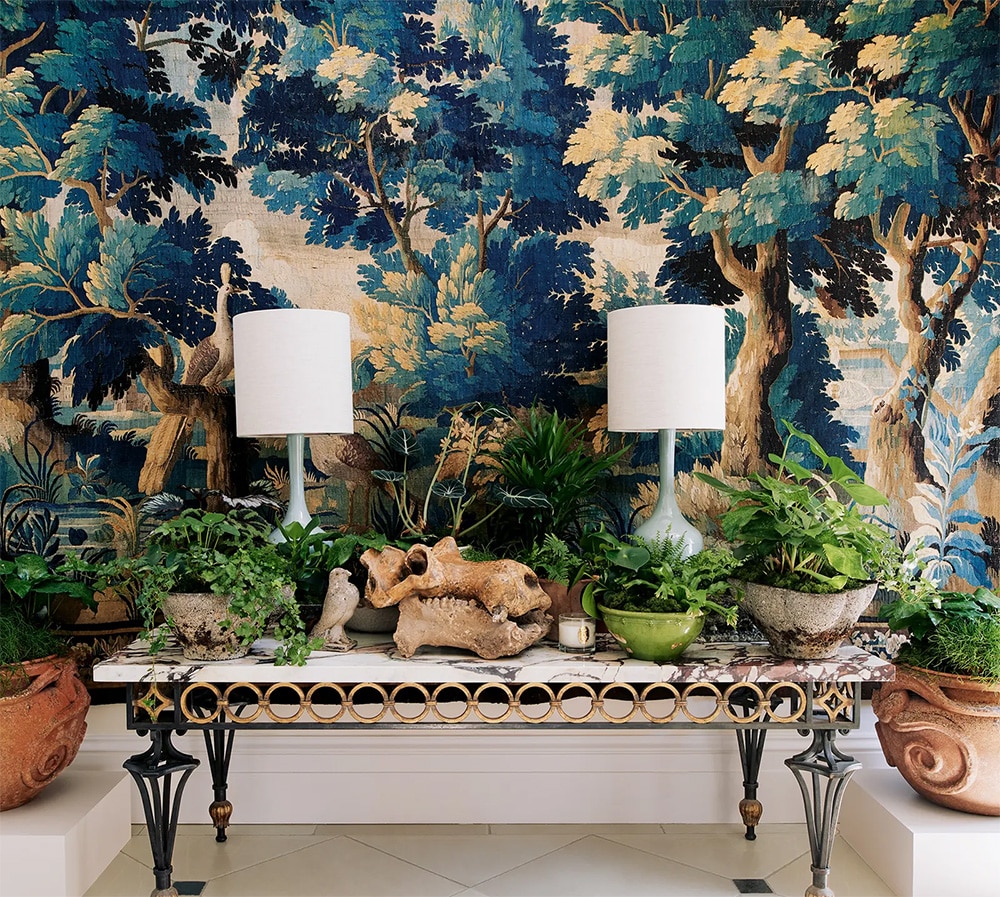
Interior Design With Verdure Tapestry
In millefleur designs, the floral elements are abundant, but they are still the background of the piece. The flowers are often rendered on a small scale when compared to the people and other design elements. They are sometimes so small that they form an almost indistinguishable background pattern that is only recognizable as flowers when viewed up close.
The millefleur design style contrasts with the floral elements of verdure tapestries because the foliage is the prima donna in verdure tapestries. In the millefleur designs, the people and animals will often obscure the floral elements in the background or the flowers are so copious and intricately rendered that you get more of a color impact than seeing the actual individual designs. It is the opposite of the verdure style where, if you they do happen to feature people or man-made objects, the foliage will often obscure that part of designs.
Some of the verdure tapestries give the impression that the viewer is peeking through the foliage to watch a scene. These tapestries place the viewer in the role of a first-person character who is watching the scene unfold. In this way, the verdure tapestries incorporate an element of storytelling into their design, which makes them even more fascinating.
Verdure Tapestries in Interior Design
Today, verdure tapestries of the 16th through 18th centuries are still cherished and make an excellent addition to traditional or modern home interior design. One of the reasons why they became popular in the first place is that nature has a profound positive and calming effect on us humans. It is proven that being in nature has a relaxing effect on the heart rate and that it evokes a sense of emotional calm and ease.
Large-scale verdure tapestries immersed the viewer in the natural world and often contained themes that are playful or calming. People picnicking, dancing, playing music, or strolling quietly were popular themes. They often incorporated elements of rippling water or majestic mountains in the background. Today, these elements are once again popular, as interior decorators try to capture the same feeling of tranquility in our indoor spaces.
The grand verdure tapestries are a treasure that gives us a glimpse into the world of the Middle Ages and Renaissance. Humans will always feel a special connection with the natural world, and this is an art theme that seems to never grow old. Although there were undoubtedly many pieces that succumbed to the ravages of time, we are still fortunate enough to have a few of these treasures among us.
You cannot help but feel a connection with the natural world and with the love of nature expressed in these gorgeous lush green naturalistic tapestries. At Nazmiyal Rugs, we are fortunate to have a collection of fine verdure tapestries that allow you to experience these pieces for yourself. They make you feel like you are out in nature, even in your indoor space. Nature-inspired spaces are a trend that has once again gained popularity, a verdure tapestry is a perfect way to bring the natural world indoors and create a traditional look.
We encourage you to explore our collection, and if you find one that speaks to you, our team of rug experts will be happy to answer any questions you might have.
This post about the iconic verdure tapestries was published by Nazmiyal Antique Rugs


